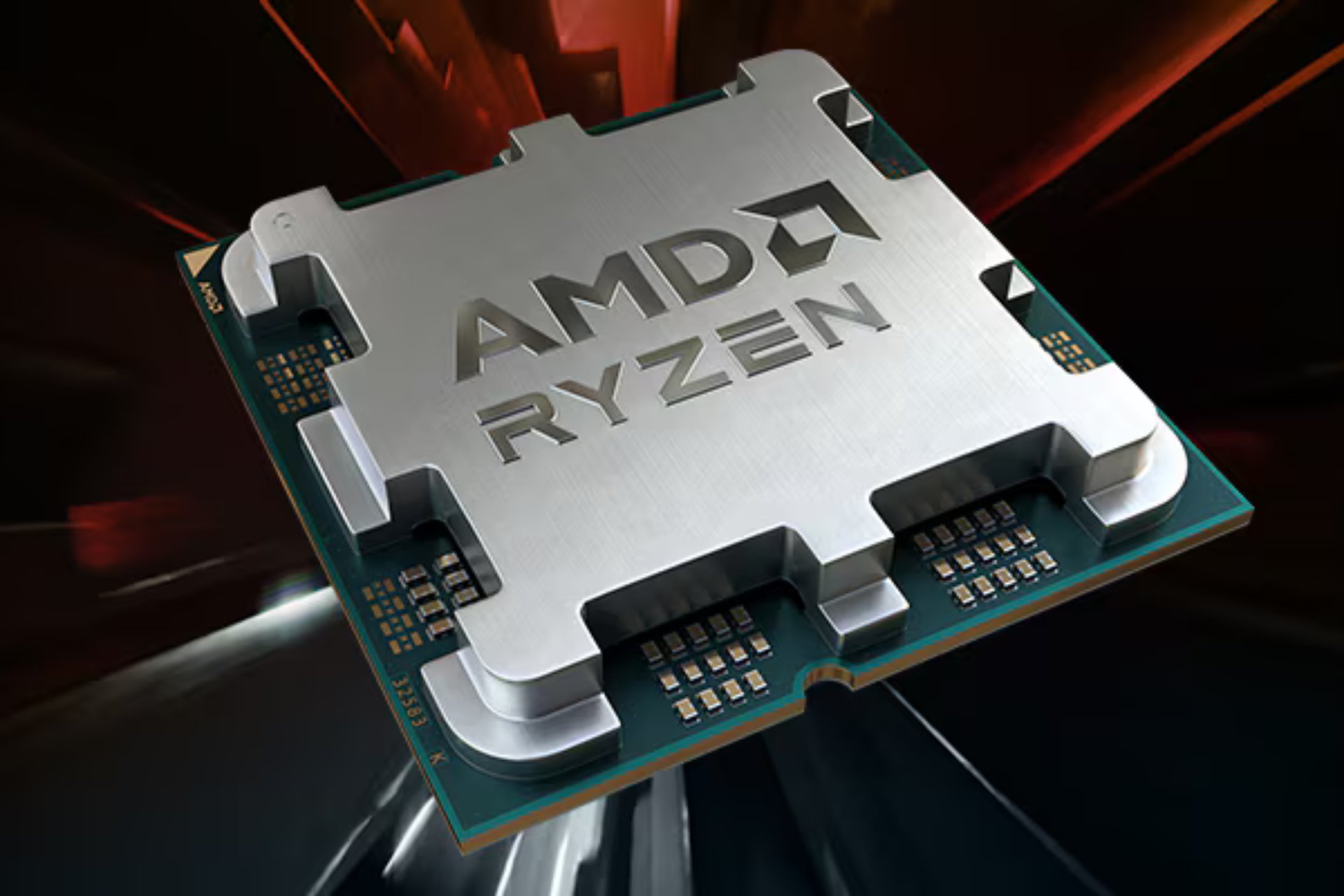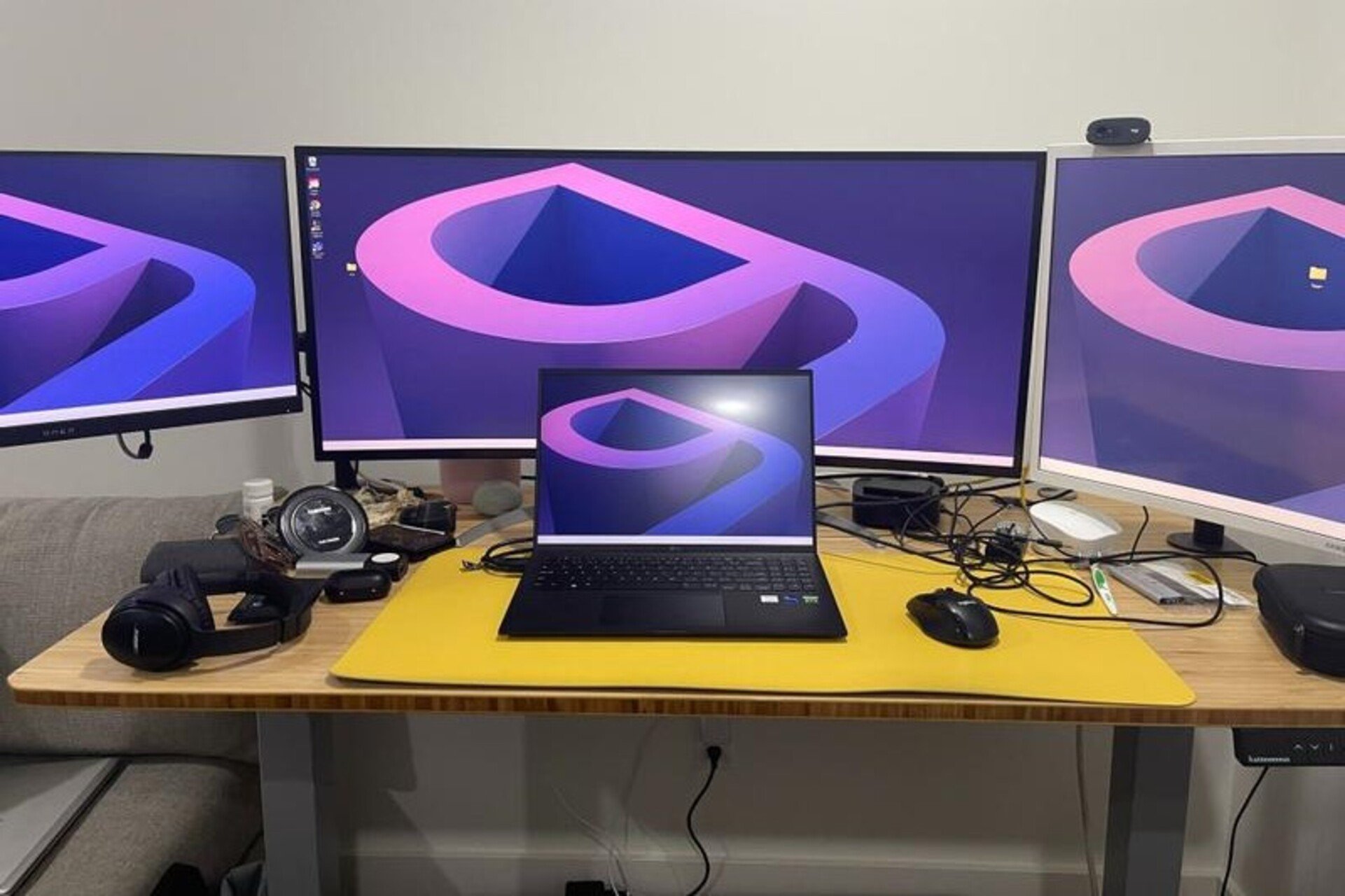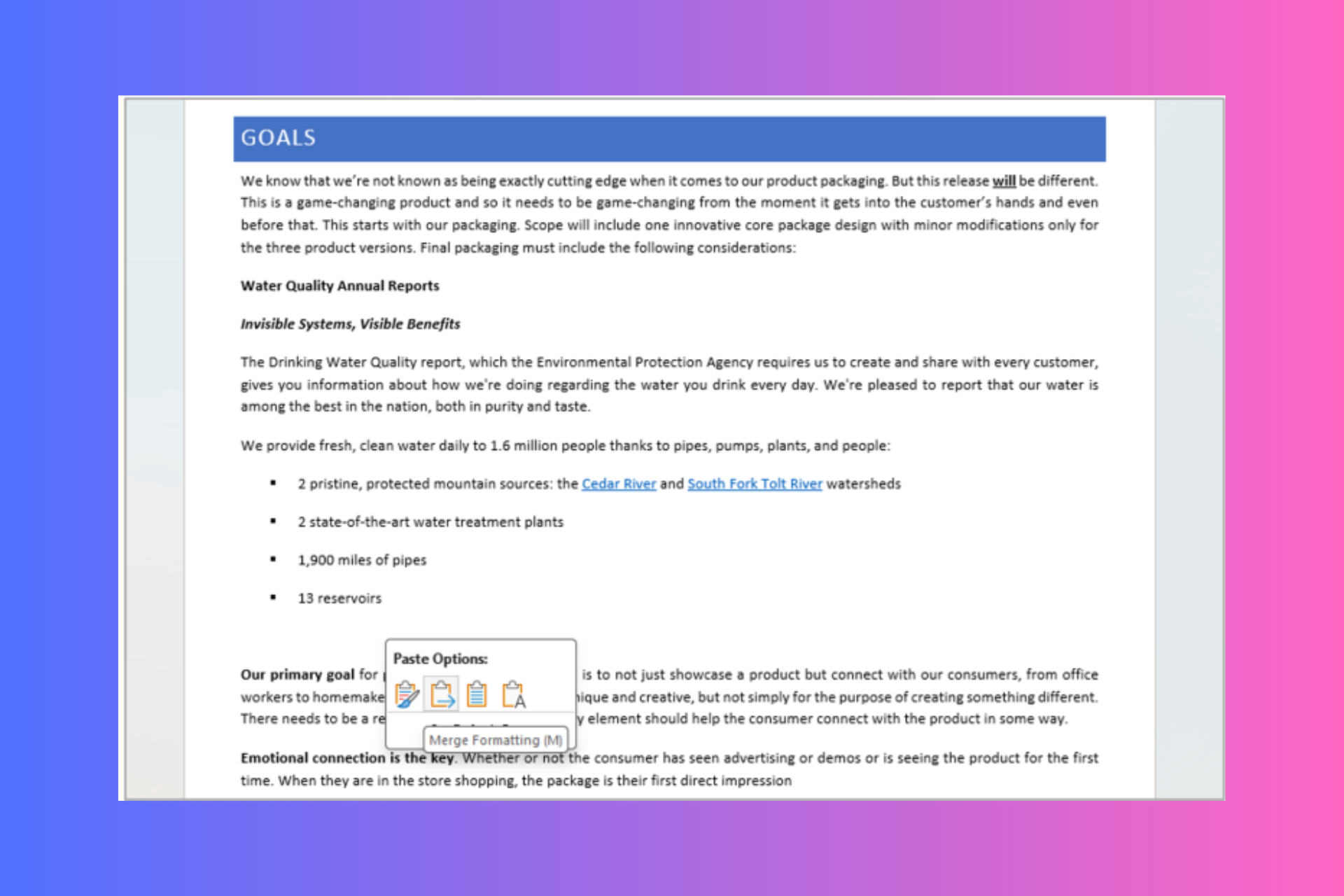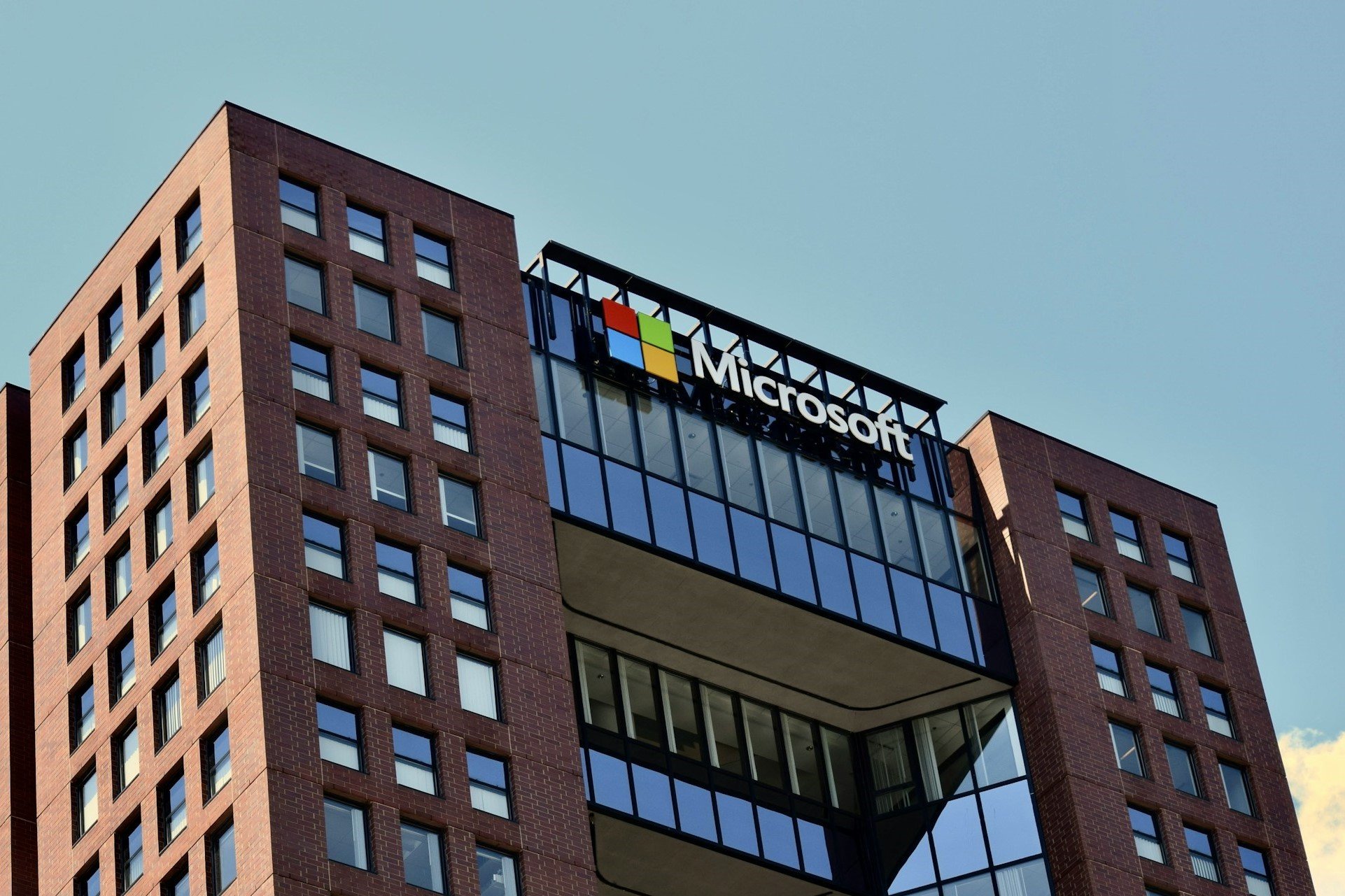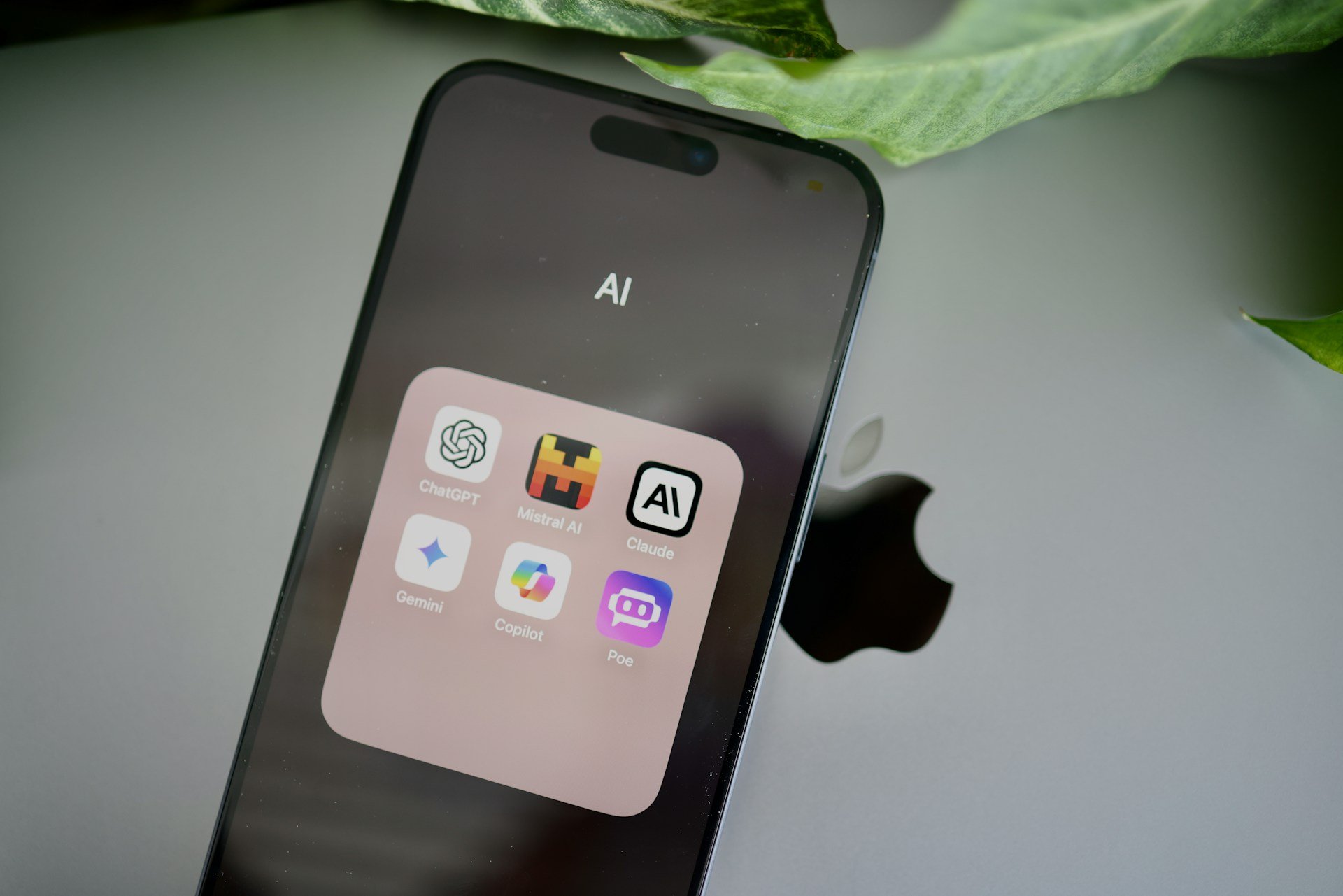New Microsoft Research video demos FlashBack VR technology
2 min. read
Published on
Read our disclosure page to find out how can you help Windows Report sustain the editorial team Read more

While we’ve already covered the latest project from Microsoft Research, the Microsoft Research team is still very busy and hard at work developing new technology. The team has just published a new video to the Microsoft Research page, showing off a new FlashBack VR technology.
Seen above, the video details how the new FlashBack technology will provide better immersion in virtual reality than existing state-of-the-art solutions. Overall, FlashBack takes advantage of the storage on a mobile device by pre-generating all possible player views of a virtual environment, and storing them on a frame cache on the device’s storage. FlashBack also captures the color map of both eyes at every reachable position in the environment and then combines them into a mega frame.
Ultimately, then, as the player moved around the environment, FlashBack selects the closest matching mega frame and then warps it to match the player’s field of view. As per Microsoft Research, this technique allows even weaker mobile devices to quickly render the scene without any costly real time rendering.
To end the video, Microsoft Research offers up some comparisons to rendering on a mobile device. The team ultimately notes that FlashBack obtains 15 times lower latency, 100 times better energy efficiency, and 8 times the frame rate without compromising the digital quality. These statistics can be seen as pretty impressive, and can also be seen as a big step forward in the promise of full sensory immersion in a virtual environment, so we would love to hear your thoughts on this FlashBack technology. Be sure to drop us a comment below on what you think FlashBack means for the future of HoloLens, or even Virtual Reality in general.



